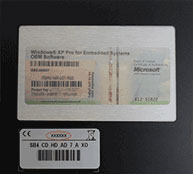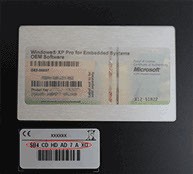A few years back, basic computers were largely used in offices, and standard personal PCs could do the job sufficiently. Then other industries started automating most of their processes.
Manufacturing primarily became more reliant on computer automated processes to increase productivity and minimise errors; however, these industries did not have the same needs as offices.
Some of the industrial environments were filled with dust, chemical exposures, humidity, and extreme temperatures. Using regular computing devices meant that a company had to get replacements frequently due to speedy wear.
From this, a need was born to get better solutions for industrial computing. These settings required machines that could last longer; and thus, the industrial computer system became a reality.
Development of Components
The requirements of industrial computers meant developing components that could improve their performance over time. External parts have slowly evolved to industrial-grade with the use of metal alloys and other tough elements.
Construction of computer casings and enclosures moved from plastic to materials such as aluminium and magnesium. Ethernet has grown from using network cards to inbuilt interfaces to switches that have made it simpler to configure industrial computer systems.
The development of parts such as single board hard drives, durable motherboards, passive and active backplanes, and hot swap power supplies have contributed to the durability and high-performance of industrial PCs.
Impact of Current Technology
Advancements in current technology continue to influence the construction of industrial computers. For example, the use of modern storage solutions has decreased the use of movable parts in rugged PCs.
Innovations in computer architecture are improving the designs of industrial PCs to suit tough conditions better. Discoveries of more durable and stronger materials offer better solutions when building industrial PCs.
As more industries capitalise on computing power, needs keep taking new shapes. When it comes to the creation of industrial computer components, modern technology is allowing smaller more powerful options.
Core processors are now very fast, hard drives are strong, and so are casings. The need for external peripherals is reduced as it becomes possible to fix more features in an industrial computer system.
Source:
Evolution of the industrial computer, ITWeb.co.za


